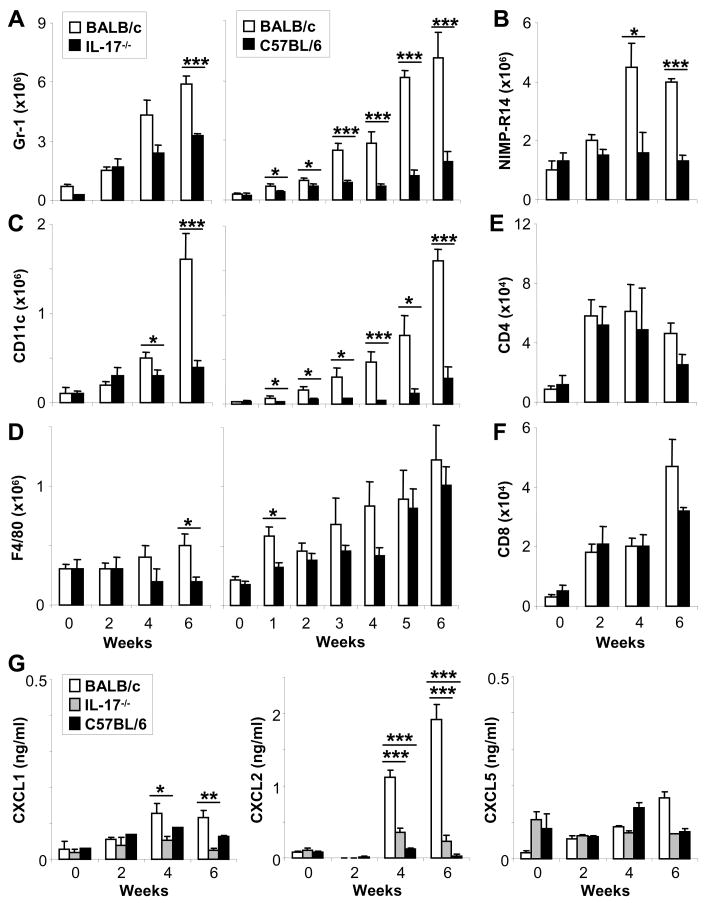Figure 6. Decreased recruitment of neutrophils and dendritic cells into skin lesions of infected IL-17−/− BALB/c mice and genetically resistant C57BL/6 mice.
Groups of BALB/c, C57BL/6 or IL-17−/− BALB/c mice were infected with 2 × 105 parasites. Lesional inflammatory cells were isolated and characterized by flow cytometry (A+B: Gr-1+ and NIMP-R14+ neutrophils, C: CD11c+ dendritic cells (DC), D: F4/80+ macrophages (MΦ), E+F: CD4+ and CD8+ T-cells). Cell numbers were calculated and are presented as mean ± SEM (n ≥ 3 independent experiments with ≥3 mice/group). G, Homogenates of lesional inflammatory cells were assayed for the presence of chemokine via ELISA (mean ± SEM, n=4). A-G, *=p ≤ 0.05, **=p ≤ 0.005, ***=p ≤ 0.002.

